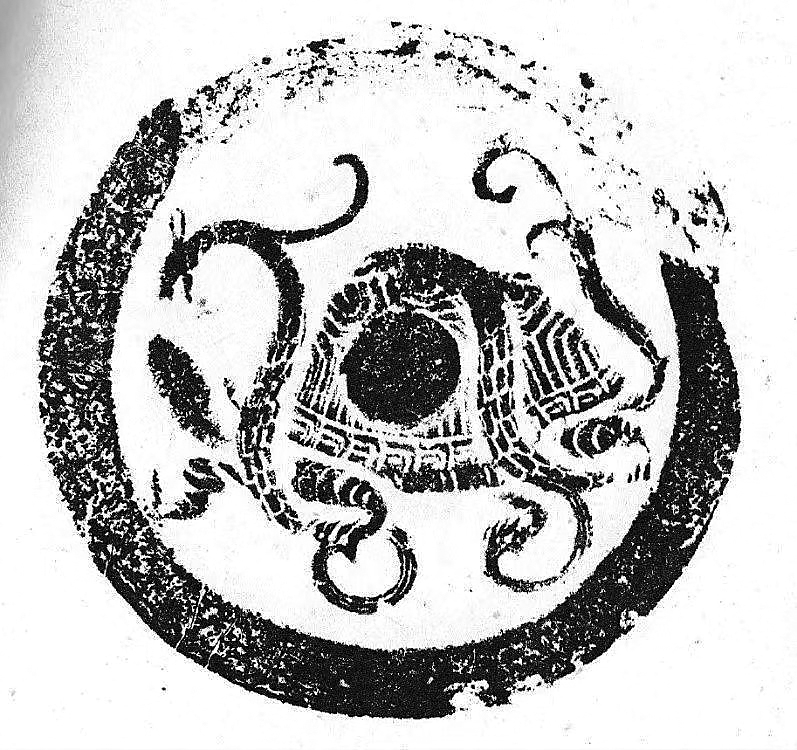Snake sticks its fangs into myth and culture
Reptile with important symbolism sees reputation grow, Wang Ru reports.


The symbolic turquoise inlaid bronze plaques unearthed from Erlitou Site, often as funerary objects of people of high social status, possibly wizards, have patterns probably evolved from snakes as well, Han adds."We can say since the Erlitou Culture, the status of snakes was raised significantly, influencing the formation of the dragon image, which later became a symbolic emblem of the Chinese nation," he says.
During the Shang Dynasty (c. 16th century-11th century BC) and Western Zhou Dynasty (c. 11th century-771 BC), snakes kept their divine status, appeared frequently on bronze ritual vessels and began to show different features from dragons, which started to have antlers and claws based on a snake's body.
When the image of dragon was enriched continuously, the snake was paid less attention to with its divinity robbed by the dragon as well. But the snake continued to have an important symbolic meaning.
In a Han Dynasty (206 BC-AD 220) myth, Emperor Liu Bang, founder of the dynasty, killed a snake when he was still a grassroots official of the Qin Dynasty (221-206 BC) and later he overthrew the Qin regime.
"Here the snake seems to symbolize the political ruler, by defeating the earlier ruler of the Qin Dynasty, Liu could inherit their power and became a new ruler," says Lian Chunhai, a researcher at the Chinese National Academy of Arts.
























